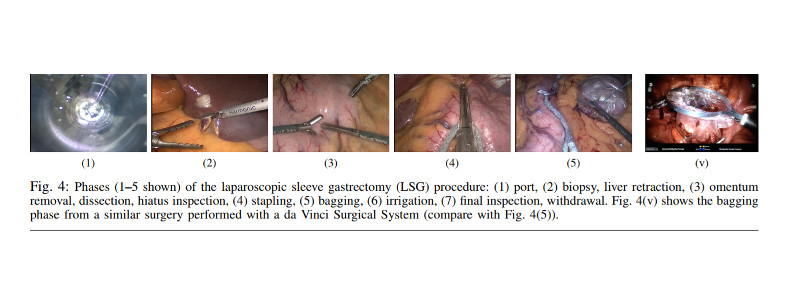Recording video of medical surgeries is a great way to both educate doctors in training and identify process improvements. However, surgeries can be very time consuming, and it can be a gargantuan task to sort through endless hours of video searching for relevant points where the action happens. To tackle this issue, researchers at MIT have used machine learning techniques to analyse videos of surgical procedures.

The machine learning algorithm needed to be trained to identify the relevant parts of surgical videos. To do this, the laparoscopic surgeries being investigated were split up into distinct stages, each relating to a different part of the surgical process. Researchers would then watch recordings of prior surgeries and mark the start of each stage. This data was used to train the model which was then used to sift through other recordings to capture the key moments of each surgery.
The time-saving advantages of such technology could be applied to a great many fields – such an algorithm could be put to great use to sort through hours of uneventful security footage looking for anomalies, or rapidly cut together holiday footage so you only have to see the good parts. We’d love to see the researchers release footage showing the algorithm’s work – thus far, all we have to go off is the project paper.
If you’re thirsty for more machine learning knowledge, read up on the state of working with neural networks in 2017.
















You may want to consider choosing a different title image, preferably one without liver.
Also, .pdf warning for the first link, 8.2MB.
The article is fascinating, great advances in medical technology! I’m curious how well sonographic data has been subjected to maching learning.
“You may want to consider choosing a different title image, preferably one without liver.”
you’re making me hungry. now where did i put those fava beans.
I need to put onions on my grocery list, and a nice chianti.
f-f-f-f-f-f-f-f-f-f-f-f-f
Reminds me of “Content-Aware Video Editing in the Temporal Domain” that applies seam-carving over time in videos. I.e. fills still parts of the image with action from before/after.
http://www.di.ku.dk/english/staff/?pure=en%2Fpublications%2Fcontentaware-video-editing-in-the-temporal-domain(963d72e0-2ddf-11de-9f0a-000ea68e967b).html